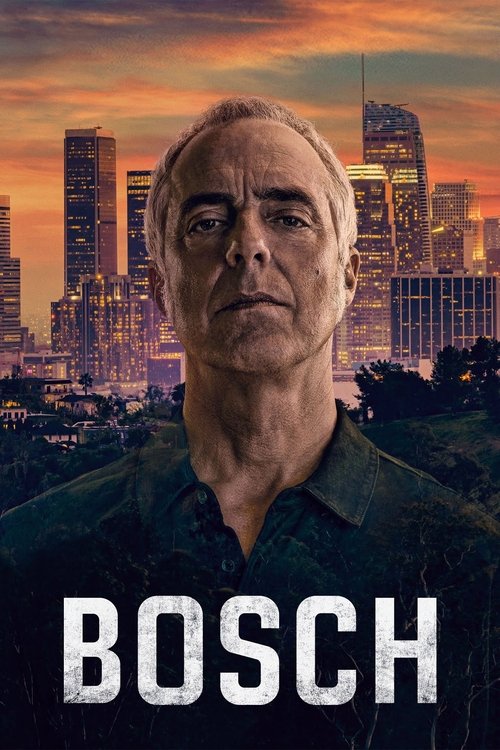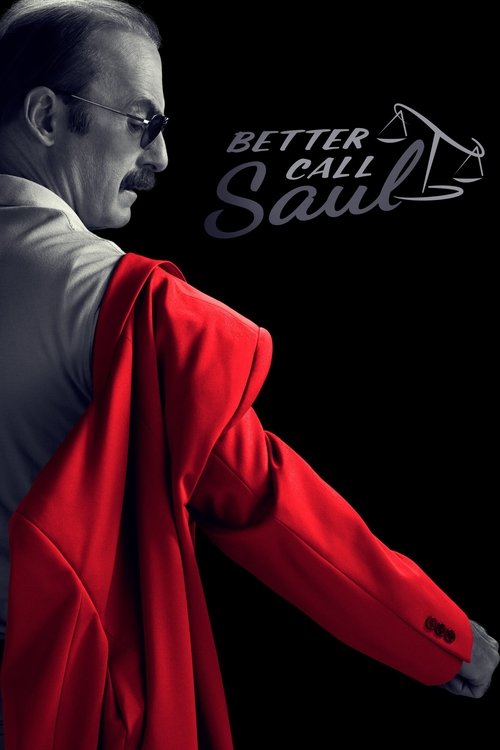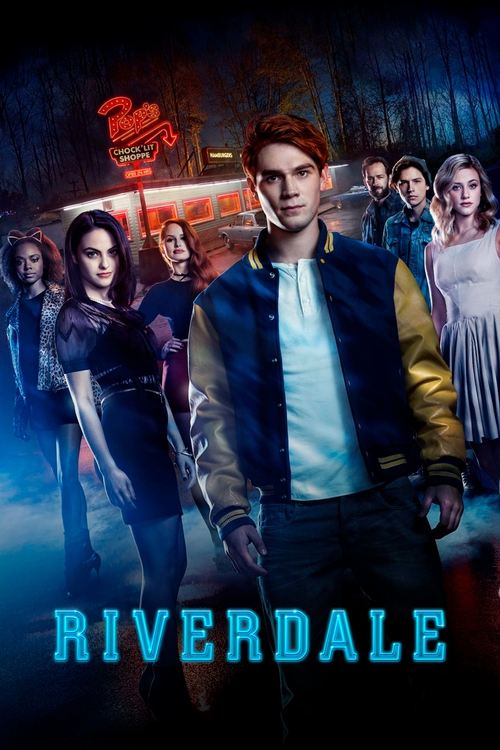
Ask Your Own Question
What is the plot?
The episode begins with Elliot Alderson waking up in a sterile, white room, disoriented and confused. He is greeted by Mr. Robot, who appears to be a figment of his imagination. Mr. Robot explains that they are in a place that exists outside of time and space, a sort of limbo. Elliot struggles to understand his surroundings and the implications of being in this place. He feels a mix of fear and curiosity as he tries to piece together what has happened.
As they converse, Elliot's memories begin to flood back. He recalls the events leading up to this moment, including the chaos surrounding the hack of E Corp and the impending collapse of the financial system. Mr. Robot urges Elliot to confront his past and the choices he has made, emphasizing the importance of understanding his own identity. Elliot grapples with feelings of guilt and responsibility for the pain caused by his actions.
The scene shifts to a series of flashbacks, revealing pivotal moments from Elliot's life. He sees his childhood, his relationship with his father, and the trauma that shaped him. These memories are interspersed with scenes of the present, where Elliot is faced with the consequences of his actions. He feels a deep sense of loss and regret as he reflects on the people affected by his decisions, particularly Angela and Darlene.
Elliot's internal struggle intensifies as he confronts the darker aspects of his personality. He realizes that Mr. Robot represents a part of himself that he has tried to suppress. The two engage in a heated discussion about control, freedom, and the nature of their relationship. Elliot feels torn between wanting to embrace his true self and the fear of losing control over his life.
In a pivotal moment, Elliot decides to take responsibility for his actions. He acknowledges that he cannot run away from his past and must face the consequences head-on. This decision marks a turning point for him, as he begins to understand the importance of accountability and the impact of his choices on others.
The narrative shifts back to the real world, where Darlene is trying to navigate the fallout from the hack. She is determined to find Elliot and ensure his safety. Darlene's emotional state is fraught with anxiety and determination as she searches for clues about his whereabouts. She reflects on their bond and the sacrifices they have made for each other.
Meanwhile, Elliot confronts the manifestation of his fears and insecurities. He faces a series of challenges that force him to confront the truth about himself. Each challenge represents a different aspect of his psyche, and he must overcome them to move forward. The tension builds as he battles against his own doubts and the remnants of his past.
As Elliot progresses through these challenges, he begins to regain a sense of agency. He realizes that he has the power to change his narrative and make amends for the harm he has caused. This realization empowers him, and he starts to take steps toward healing and redemption.
The climax of the episode occurs when Elliot finally confronts the core of his identity. He faces a choice that will determine the course of his future. In a moment of clarity, he chooses to embrace both sides of himself, acknowledging the complexity of his character. This decision symbolizes his acceptance of his past and his commitment to forging a new path.
In the final scenes, Elliot reunites with Darlene. Their emotional reunion is filled with relief and understanding. They share a moment of vulnerability, acknowledging the struggles they have faced and the bond that has endured despite the chaos. The episode concludes with a sense of hope as Elliot steps into a new chapter of his life, ready to confront the challenges ahead with a renewed sense of purpose.
What is the ending?
In the ending of "Mr. Robot," season 4, episode 13 titled "Hello, Elliot," Elliot Alderson confronts his inner self and the various personas that have shaped his life. The episode culminates in a poignant moment of acceptance and resolution, leading to a significant transformation for Elliot as he embraces his true self and the reality of his existence.
As the episode begins, Elliot finds himself in a surreal landscape, a representation of his mind where he encounters various versions of himself. The atmosphere is charged with tension as he navigates through memories and experiences that have defined him. The setting shifts between dark, shadowy corners and bright, open spaces, symbolizing the conflict within him.
Elliot meets Mr. Robot, his alter ego, who represents the rebellious side of his personality. Their conversation is intense, filled with emotion as they discuss the choices Elliot has made and the consequences of those actions. Mr. Robot urges Elliot to confront the truth about himself, pushing him to acknowledge the pain and trauma that have shaped his identity.
As they delve deeper into Elliot's psyche, they encounter other personas, including the child version of Elliot, who embodies innocence and vulnerability. This childlike figure serves as a reminder of the purity that has been lost amidst the chaos of Elliot's life. The scenes are interspersed with flashbacks that reveal pivotal moments from Elliot's past, each one adding layers to his character and the struggles he has faced.
In a climactic moment, Elliot confronts the darkest parts of himself, represented by the persona known as "The Dark Army." This confrontation is fraught with tension, as Elliot battles not only external forces but also the internal demons that have haunted him. The visuals are striking, with shadows and light playing across the screen, symbolizing the duality of his existence.
As the confrontation reaches its peak, Elliot experiences a moment of clarity. He realizes that he must take responsibility for his actions and the impact they have had on those around him. This realization is transformative, leading to a cathartic release of emotions. The atmosphere shifts from one of conflict to one of acceptance, as Elliot begins to embrace his true self.
In the final scenes, Elliot stands at a crossroads, symbolizing the choice between continuing down a path of destruction or forging a new path of healing and self-acceptance. The imagery is powerful, with Elliot surrounded by light, signifying hope and the possibility of redemption. He takes a deep breath, a gesture that encapsulates his newfound resolve.
The episode concludes with Elliot stepping into the light, leaving behind the shadows of his past. The final moments are serene, as he walks away from the chaos, embodying a sense of peace and acceptance. The screen fades to black, leaving viewers with a lingering sense of closure and the understanding that Elliot has finally found a way to reconcile the many facets of his identity.
Is there a post-credit scene?
What happens to Elliot Alderson in the final episode?
In the final episode, Elliot Alderson confronts his own identity and the various aspects of himself that have been at play throughout the series. He faces the reality of his actions and the consequences they have had on those around him.
How does Mr. Robot's character arc conclude in this episode?
Mr. Robot, as a manifestation of Elliot's psyche, plays a crucial role in helping Elliot come to terms with his past. In this episode, Mr. Robot ultimately steps back, allowing Elliot to take control of his own life and make his own decisions.
What is the significance of the scene between Elliot and Darlene?
The scene between Elliot and Darlene is pivotal as it showcases their sibling bond and the emotional weight of their shared experiences. They discuss their past, their struggles, and the importance of family, highlighting the depth of their relationship.
How does the episode address the character of Whiterose?
Whiterose's character is addressed through the culmination of her plans and the impact they have on the world. The episode reveals the consequences of her actions and her relentless pursuit of her goals, ultimately leading to a confrontation with Elliot.
What role does the concept of 'the master' play in this episode?
The concept of 'the master' is explored as Elliot grapples with the idea of control and autonomy. Throughout the episode, he reflects on who truly holds power over his life and decisions, leading to a significant realization about his own agency.
Is this family friendly?
In "Mr. Robot" Season 4, Episode 13, titled "Hello, Elliot," the episode contains several scenes that may be considered objectionable or upsetting for children or sensitive viewers.
-
Violence and Threats: There are moments that depict violence or the threat of violence, which may be unsettling. Characters confront each other in intense situations, leading to aggressive exchanges.
-
Psychological Tension: The episode features significant psychological tension, with characters experiencing emotional distress and conflict. This can be intense and may evoke feelings of anxiety.
-
Dark Themes: The narrative explores themes of identity, mental health, and existential crises, which may be heavy and difficult for younger audiences to process.
-
Language: There is the use of strong language throughout the episode, which may not be suitable for children.
-
Mature Situations: The episode includes mature themes and situations that may not be appropriate for younger viewers, including discussions around trauma and personal struggles.
These elements contribute to the overall tone of the series, which is dark and complex, making it less suitable for a family-friendly viewing experience.






















